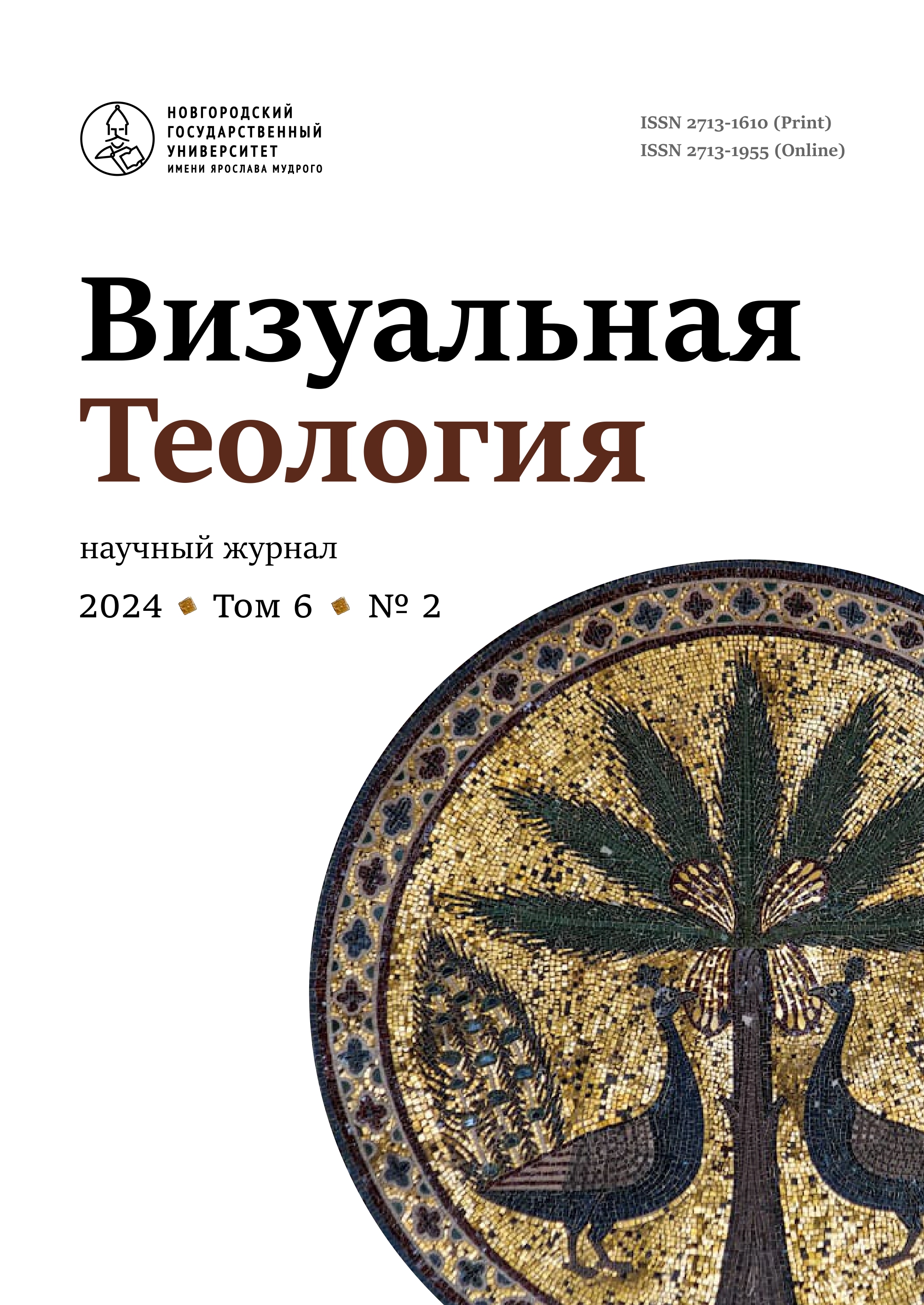On Dating and Attribution of the 13th Century Icon ‘The Mother of God Eleousa’ from a Private Collection
Abstract
The paper examines some iconographic and stylistic features of the panel with the Virgin Eleousa from a private collection, exhibited at the Mikhail Abramov Museum of Russian Icon in October 2023 – February 2024. An exquisite artistic language of the icon indicates that the painter skillfully used typical Byzantine techniques. However, some undoubtedly italianizing intonations are also evident. Thus, closest analogies to somewhat amorphous facial features of the Virgin can be found in Italian panels of the mid-13th century. Broad, fleshy faces of the angels, depicted in medallions on either side of the Virgin’s halo, are endowed with almost sensual expressiveness. They demonstrate closeness to some works of Italian art dated back to the second half of the 13th – early 14th centuries. Considering painter’s virtuoso mastery of the entire arsenal of Byzantine art, presence of Western elements should be explained by the influence of a mixed Latin-Greek cultural environment. The Sicilian origin of the panel seems most plausible. A number of icons and mosaics preserved in Sicily from the 13th to the early 14th centuries reveal close stylistic similarities with the works of Constantinopolitan art. Their attribution raises significant difficulties: they could have been created either by visiting Byzantine masters or by their local disciples – Greeks or Italians. Icon’s classicizing style retains only a faint echo of late Comnenian mannerism. Calmness of refined draperies, rounded volumes and, especially, facial types give us every reason to date the panel approximately to the middle of the 13th century.



